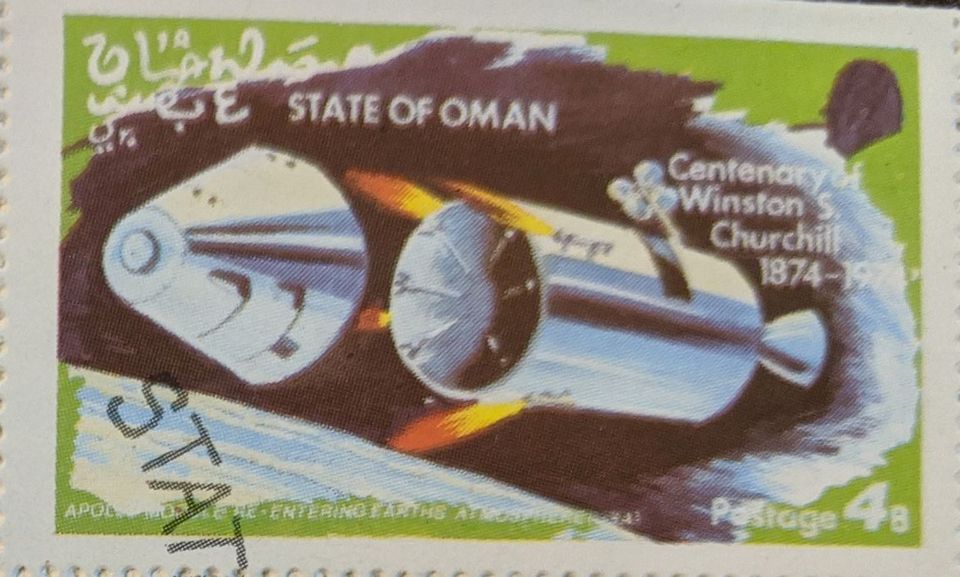SpaceX Mission Accomplished=Good Day

Yesterday was a good day--two American astronauts returned safely to the Earth in an American capsule manufactured by SpaceX.
The launch and return of those astronauts was just a test. NASA's astronauts were just kicking the tires of the SpaceX Crew Dragon and taking it out for a test drive. The next SpaceX crew mission (called Crew-1), the one NASA considers operational, will launch four astronauts to the ISS “,,no earlier than late-September” 2020. Considering the success so far, NASA should not complain about the latest mission's price--which is quite low, considering.
Bringing Down Costs
The business of commercially flying people into space in a SpaceX Crew Dragon capsule launched on a Falcon 9 rocket is more challenging than acknowledged (as discussed in “,,Flying Humans to Space, for Fun, Science, and Profit”). In that article, I noted:
“Even if SpaceX or Boeing decides to offer rides in their capsules (something they are allowed to do), it’s doubtful there is a persistent demand for commercial purposes. The potential costs to ride are still very high (tens of millions), which potentially narrows an already niche market. And the market for commercial crew-type service is very, very niche.”
However, the fact that SpaceX, a company that didn’t exist 18 years ago, managed to accomplish this feat should be celebrated. That SpaceX dominated a legacy company, Boeing, a company with human spaceflight history, significant resource advantages, customer relationship advantages, and monetary advantages is a nearly perfect underdog story.
It’s encouraging SpaceX can provide this service to NASA for far less than any space transport system NASA has used for its astronauts so far. There are ,,other reports that get into the details of the per-seat prices of various human spaceflight systems, but the upshot is SpaceX is offering NASA the cheapest seats to the International Space Station (ISS). The space shuttle, for example, cost ~$170 million per seat (at the end of the space shuttle’s use, NASA reported shuttle launches cost over $700 million each). NASA was paying the Russians around $90 million per seat to the International Space Station.
SpaceX’s per-seat pricing is supposed to be ,,$55 million (page 6--Boeing’s per-seat prices come to $90 million for its Starliner capsule). SpaceX’s Crew Dragon could launch three astronauts for the price of a seat on the space shuttle--and nearly two for the price of a seat on the Russian Soyuz and the Boeing Starliner. Saving taxpayer money while working towards a possible future isn’t too bad a deal. There are examples of worse value trade-offs out there.
Changing Contracting Practices/Exuding Confidence
Also praiseworthy are the contracts NASA used to select and encourage companies like SpaceX, Orbital Sciences (at the time), and Boeing. The ISS resupply and crew programs have resulted in several systems for NASA’s use after significantly fewer development costs than for the space shuttle or the Space Launch System’s Orion capsule. The fact that two privately-developed systems--Falcon 9 and Antares--were started five years after NASA’s Constellation program had begun; and that two privately-developed capsules--Crew Dragon and Starline--are completed (or nearly completed) before SLS/Orion launches have been conducted, should have people scratching their heads in puzzlement.
It’s not as if SLS/Orion is developing new technologies, or new uses of technology--such as reusability.
The fact that NASA feels confident enough in SpaceX to have the company accomplish Crew-1 before the end of the year is a good sign. This will give SpaceX two human spaceflight missions under its belt...more, if the company can drum up commercial customers willing to pay tens of millions for a spaceflight experience. ,,If Russia can find tourists for its Soyuz, then maybe SpaceX can find folks to pay for a flight on its Crew Dragon after all.
Russia is the only other competitor to SpaceX for any type of commercial human orbital spaceflight in the world. Once Boeing stops embarrassing itself and launches an uneventful Starliner mission, then that might change. Both the U.S. and Russia have launched over 150 missions with people on board during the previous decades. The only other nation to launch humans to space with its own rockets is China (6 missions since 2003). None of China’s missions were for space tourism purposes.
Watching the successful splashdown of the SpaceX capsule, I couldn’t help but think it was the most un-SpaceX-like part of the mission. It seemed like a throwback, including the capsule floating down under parachutes, the astronauts waiting for possible gasses to evaporate before they could exit the capsule, etc. SpaceX has changed things like the astronauts’ suits, the gantry for the astronauts to walk to the Crew Dragon, the controls for the Crew Dragon, and more. It could be that the splashdown with humans aboard is the aspect of the mission SpaceX is least familiar with, taking heavy cues from NASA (as well as following NASA-required procedures). We may start seeing changes to splashdown procedures--especially those created for space tourists.
Of course, SpaceX has an answer for that--Starship. If the company is able to field Starship as part of a very capable, but ridiculously inexpensive launch system for humans (much cheaper than the millions NASA is paying today), then humans will likely exit Starship in a very different way. But for now, the company is fulfilling its contract with NASA.
Still, yesterday was a good day.
By the way, am I the only one associating the astronauts’ first names--Bob and Doug--with the McKenzie brothers from “,,The Great White North” and “,,Strange Brew?” Does riding down in a capsule feel similar to being a mouse in a beer bottle? Probably not, eh?




Comments ()